I’ll start this off by saying I apologize in advance for any
inaccuracies about cultures. I’m speaking based on my own understanding.
inaccuracies about cultures. I’m speaking based on my own understanding.
But still. I’ve eaten a lot of different kinds of foods with
a lot of different kinds of people. As a lover of international cuisine, I am
quite passionate about authenticity so I work hard to seek out the spots that
aren’t touristy, but the places where folks of that same culture go to get food
(When eating Greek, go where the Greeks go!).
a lot of different kinds of people. As a lover of international cuisine, I am
quite passionate about authenticity so I work hard to seek out the spots that
aren’t touristy, but the places where folks of that same culture go to get food
(When eating Greek, go where the Greeks go!).
And I notice different cultures have different ways of
eating that I find inspiring. I think I’ve learned something about eating in
general from every culture whose food I’ve tasted but here are a few
highlights.
eating that I find inspiring. I think I’ve learned something about eating in
general from every culture whose food I’ve tasted but here are a few
highlights.
Judaism
While I’ve not experienced eating at a real Seder, my church
once re-enacted a Seder (I told a Jewish friend what we ate and she tried very
hard not to laugh). What strikes me about this ritual meal is that each food
represents something. It tells a story, conveys an experience. There is a
ceremony to eating at a Seder and that’s for a purpose as well (I won’t even go
into trying to explain the purpose. I know I have Jewish Foodies who can spare
me the taste of my foot in my mouth!)
once re-enacted a Seder (I told a Jewish friend what we ate and she tried very
hard not to laugh). What strikes me about this ritual meal is that each food
represents something. It tells a story, conveys an experience. There is a
ceremony to eating at a Seder and that’s for a purpose as well (I won’t even go
into trying to explain the purpose. I know I have Jewish Foodies who can spare
me the taste of my foot in my mouth!)
The Big Lesson: It’s ok for food to have meaning beyond fuel
for your body. Your family’s dishes are steeped in history and experience. I
think in this modern age we sometimes get away from that. That’s why, for me,
cooking with others (especially others that I love) is so meaningful. We
actually talk about how we came upon
the dishes we are making, how others made them before us, what sensory memories
we have as a result.
for your body. Your family’s dishes are steeped in history and experience. I
think in this modern age we sometimes get away from that. That’s why, for me,
cooking with others (especially others that I love) is so meaningful. We
actually talk about how we came upon
the dishes we are making, how others made them before us, what sensory memories
we have as a result.
Ethiopian
I think Ethiopian should be the official food culture of
Bariatric Foodie. What says playing with your food better than eating with your
hands? Many African cultures eat with their hands, using a piece of food as
their utensil. In Ethiopia the most common food-utensil is Injera Bread. I
admit I wasn’t always a fan. It’s a flat bread that has a soft, almost
sponge-like texture and is slightly sour. When you go to an Ethiopian
restaurant you can get foods served on a gigantic piece of Injera bread and to
eat the foods on top of it you tear bits of the bread and scoop the food up.
Bariatric Foodie. What says playing with your food better than eating with your
hands? Many African cultures eat with their hands, using a piece of food as
their utensil. In Ethiopia the most common food-utensil is Injera Bread. I
admit I wasn’t always a fan. It’s a flat bread that has a soft, almost
sponge-like texture and is slightly sour. When you go to an Ethiopian
restaurant you can get foods served on a gigantic piece of Injera bread and to
eat the foods on top of it you tear bits of the bread and scoop the food up.
The Big Lesson: It’s ok for eating to be fun. Also eating is
function of more than just filling our bellies. Yes, we already know it
involves the tongue and the different parts of the digestive tract but there is
also a certain satisfaction derived from having your hands in food. I find when
I cook and I have my hands in food, I eat a lot less. My theory? Part of my
need to be in communion with food is satisfied by touching it. I don’t always
need to taste it!
function of more than just filling our bellies. Yes, we already know it
involves the tongue and the different parts of the digestive tract but there is
also a certain satisfaction derived from having your hands in food. I find when
I cook and I have my hands in food, I eat a lot less. My theory? Part of my
need to be in communion with food is satisfied by touching it. I don’t always
need to taste it!
Chinese
Dim Sum, anyone? That’s a term that references a style of
eating Chinese food where instead of one big plate of food you are served very
small portions of many different things.
eating Chinese food where instead of one big plate of food you are served very
small portions of many different things.
I would call Dim Sum the official food culture of Bariatric
Foodie BUT there is the possibility of going completely overboard (and I have
even as a post-op).
Foodie BUT there is the possibility of going completely overboard (and I have
even as a post-op).
What strikes me as so special about Dim Sum, though, is the
care that goes into creating such a tiny amount of food. When I’ve been
presented my little plate it’s been beautifully arranged and even though it’s
only one or two bites they are deeply satisfying.
care that goes into creating such a tiny amount of food. When I’ve been
presented my little plate it’s been beautifully arranged and even though it’s
only one or two bites they are deeply satisfying.
The Big Lesson: It’s not the quantity of food on your plate
that makes for a great eating experience, but the quality. Good food tastes
better! I used to think since I couldn’t eat much there was no point in putting
any effort into my food. I soon found I was wrong! Mindfully and carefully
preparing well flavored dishes is a source of joy in my life.
that makes for a great eating experience, but the quality. Good food tastes
better! I used to think since I couldn’t eat much there was no point in putting
any effort into my food. I soon found I was wrong! Mindfully and carefully
preparing well flavored dishes is a source of joy in my life.
Japanese
Now I’m not sure if Hibachi is straight-up Japanese or Japanese-American
(I’m sure someone will chime in with the answer) but I absolutely LOVE going to
hibachi restaurants. If you’ve never been, it’s essentially a table where you
sit with others (who you may or may not know) and in the center is a grill where
the chef cooks your food for you. In the process he does some neat tricks on
the grill (food tosses, creating big fires, etc. etc.). Then he skillfully
prepares each person’s dish to their specifications.
(I’m sure someone will chime in with the answer) but I absolutely LOVE going to
hibachi restaurants. If you’ve never been, it’s essentially a table where you
sit with others (who you may or may not know) and in the center is a grill where
the chef cooks your food for you. In the process he does some neat tricks on
the grill (food tosses, creating big fires, etc. etc.). Then he skillfully
prepares each person’s dish to their specifications.
The Big Lesson: Like it or not, food is social. That’s the
one thing I think hits us the hardest after WLS. We think we can’t be social
about food anymore. Our tiny portions, our “special food” make us seem like
outsiders and sometimes we’d just rather not bother. But don’t shut yourself
away! Eating is a good time to sit down and talk to people. And that can have a
stress relieving effect that can actually cause you to eat less.
one thing I think hits us the hardest after WLS. We think we can’t be social
about food anymore. Our tiny portions, our “special food” make us seem like
outsiders and sometimes we’d just rather not bother. But don’t shut yourself
away! Eating is a good time to sit down and talk to people. And that can have a
stress relieving effect that can actually cause you to eat less.
What’s your Favorite?
What’s your favorite eating culture? And what has it taught you about making eating more enjoyable (because…um…we’re still allowed to enjoy eating!)
 Bariatric Foodie Play with your food
Bariatric Foodie Play with your food
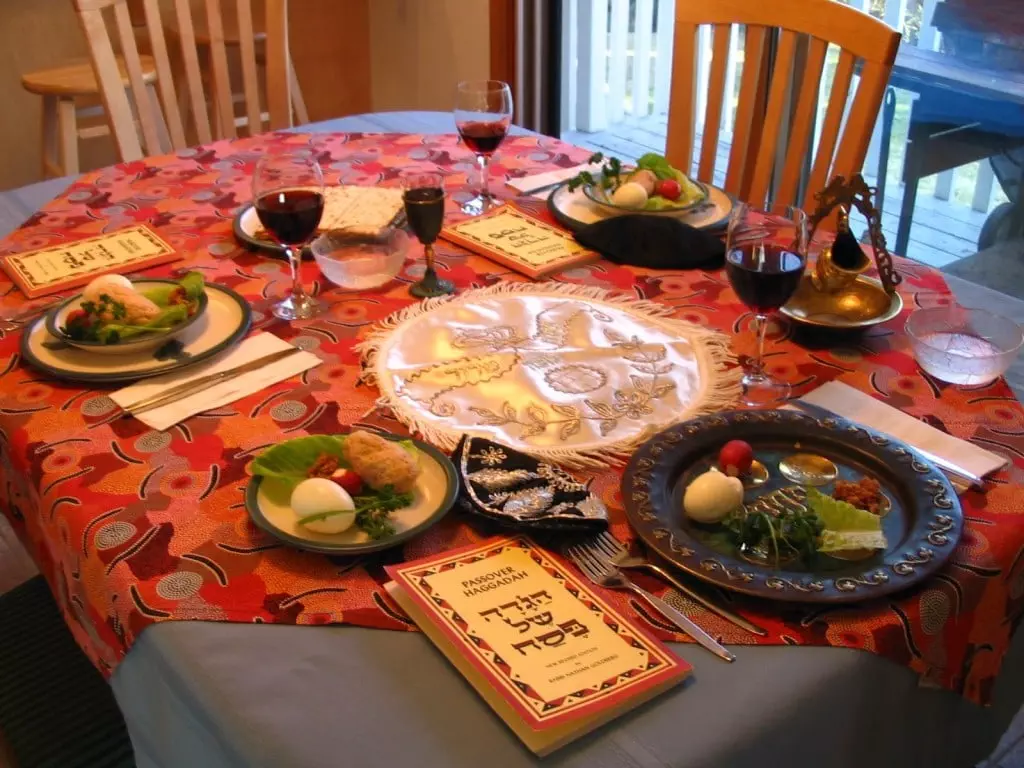
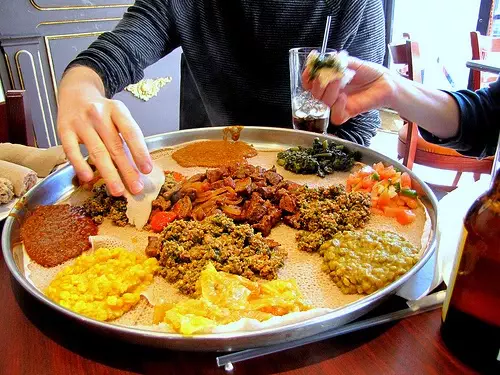
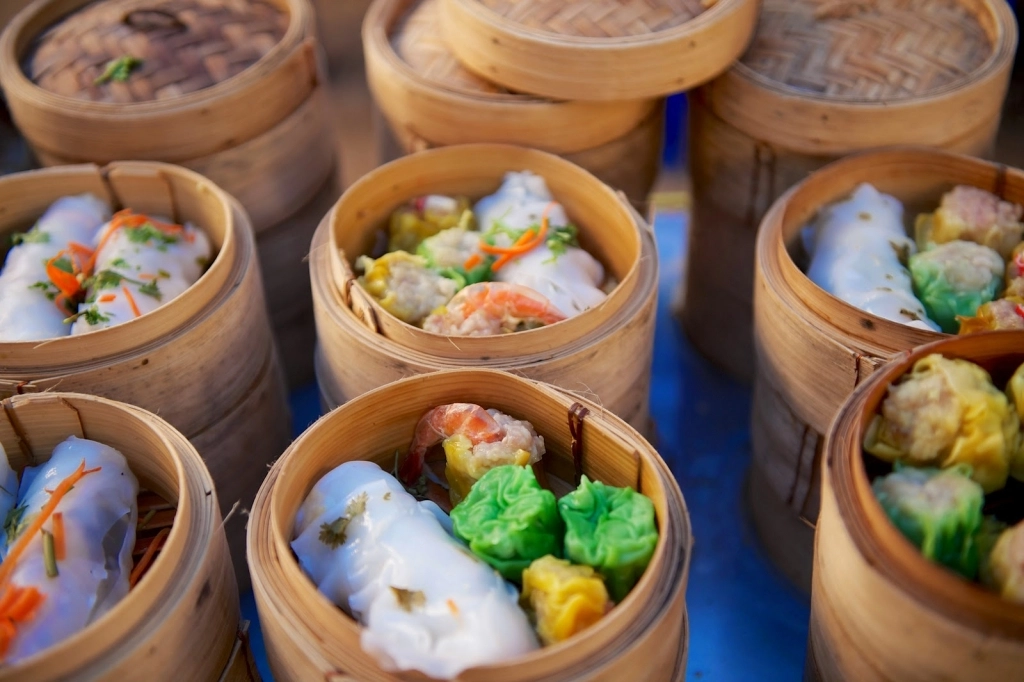
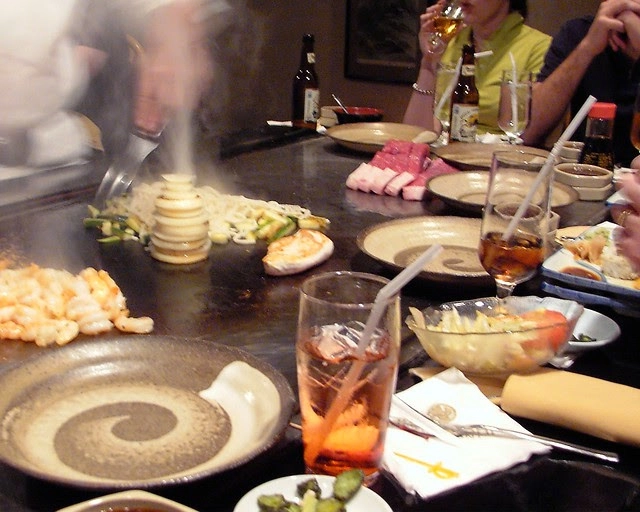
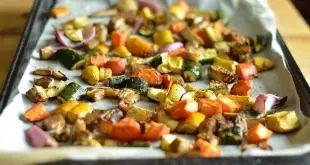


I love this Nik! Thanks for sharing your insight. My husband is from Mexico so for us, food is a BIG part of everything that we do. I have modified a couple of our favorites to eliminate potatoes or rice but lucky for me, most Hispanic food is Bariatric friendly!! 🙂 Thanks again for the ideas on other cultures. ((HUGS)) KD
I think it is important for food to be social, because it is at our core. Just now with my bypass, I can control it better. I no longer think I have eat everything and concentrate on getting as much food as I can, but I can eat a little, talk a lot, and be a vibrant part of the experience. I do find I have to be very mindful of my pouch and stop when I am full. Oh, and not pick up that wineglass while I eat. To me, that's the hardest part. Susan
Steakhouse is still a great stop for a Bariatric patient. Pre-surgery I was a Bone In Ribeye guy who consumed all 22 oz (Well not the bone). I still go to high end steakhouses, still get that 22 oz bone in rib eye but have modified how I consume it now. First order of business, cut the bone from the meat. Put the meat in the TO GO box and eat/gnaw the meat on the bone. This with a fried onion ring or 3 or 4 French fries makes for a great meal and one doesn't go away feeling deprived. And the go home meat is good for at least 3 more meals made with prime quality meat.
I am a Jew who loves real Japanese food (but hates sushi). I also love the Sephardi/Arab tradition of mazzeh. My little Japanese dishes look exotic as opposed to deprived. I bought 2 of each so my husband and I can share little bites. Mazzeh is a lot of small appetizer salad, unfortunately spicy and oily is a component of most. And it is usually accompanied by a bottle of good Arak, sigh…
But Jewish food and big portions seem to just be inseparable. This is very hard. I am only 7 weeks post op and my diet is SO bland. Fish is a gamble, chicken worked only once. My only sure bets to stay down so far are soft veg (beets,carrots, sweet potato and potatoes), yogurt, protein drink and liquids. My husband gave me one spoon of his potato knish filling and I was full.
So my little Japanese bowls of miso soup and wakami, a few grains(!!) of rice and soft fruit and veg is my most comforting meal.